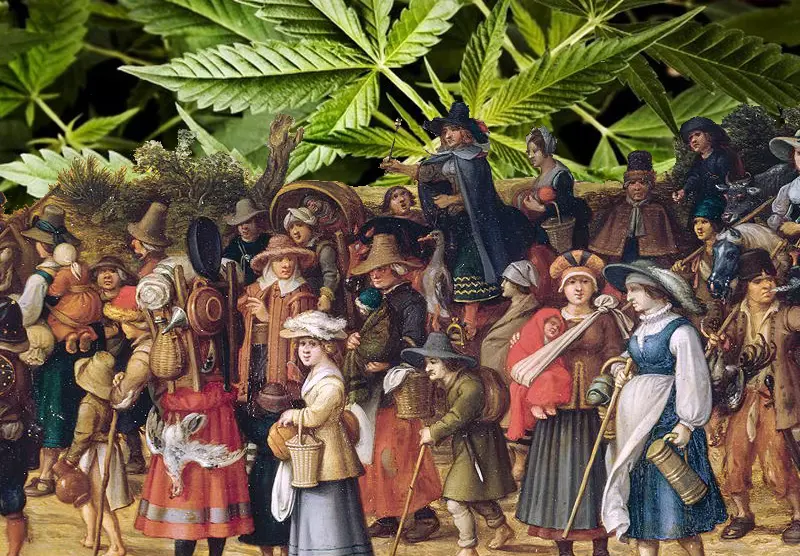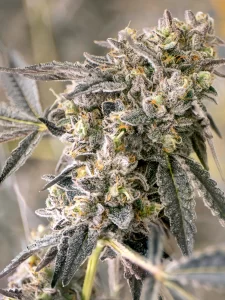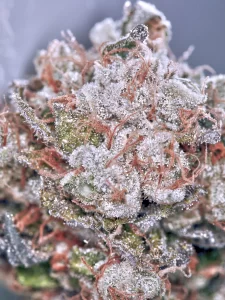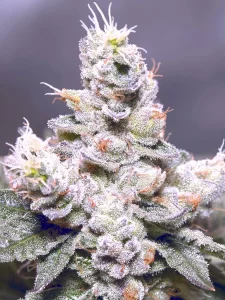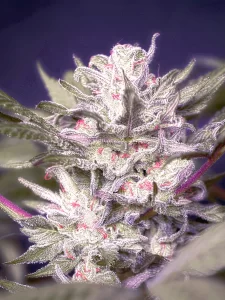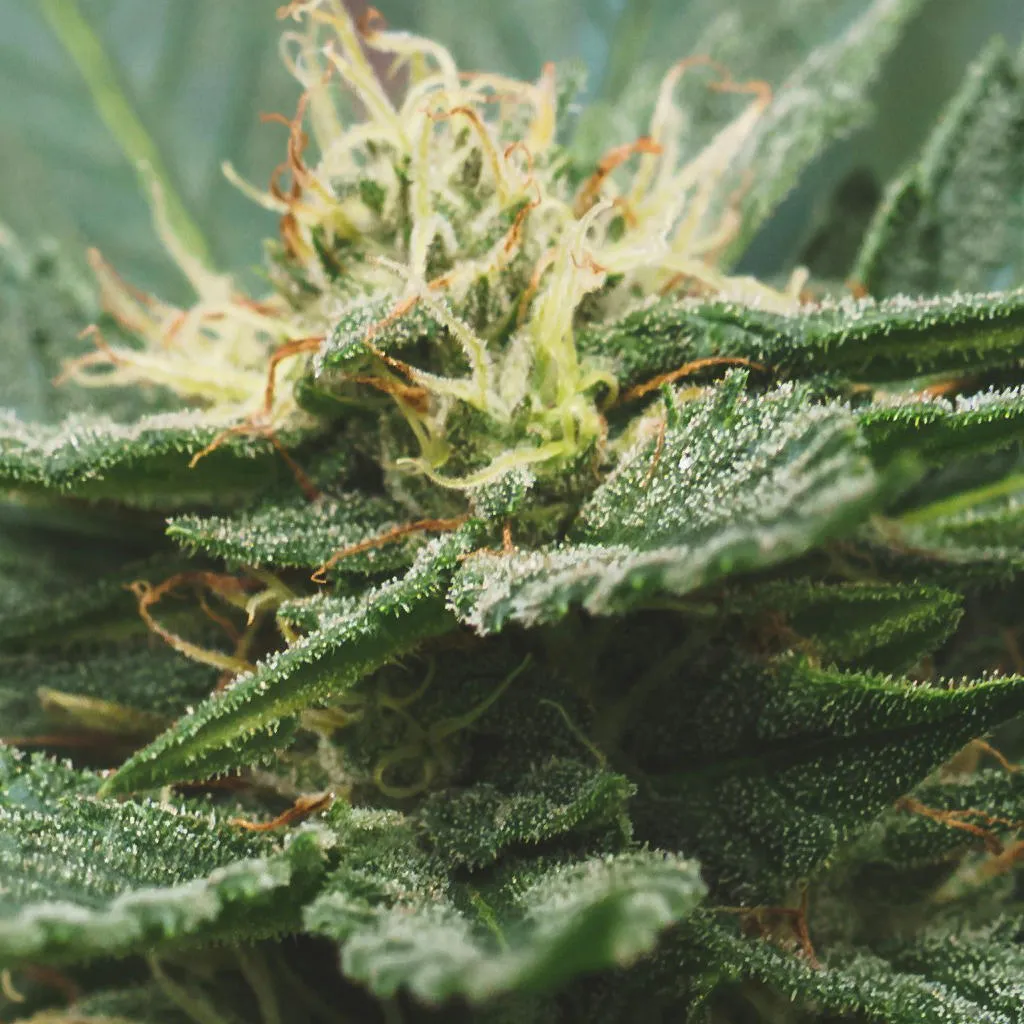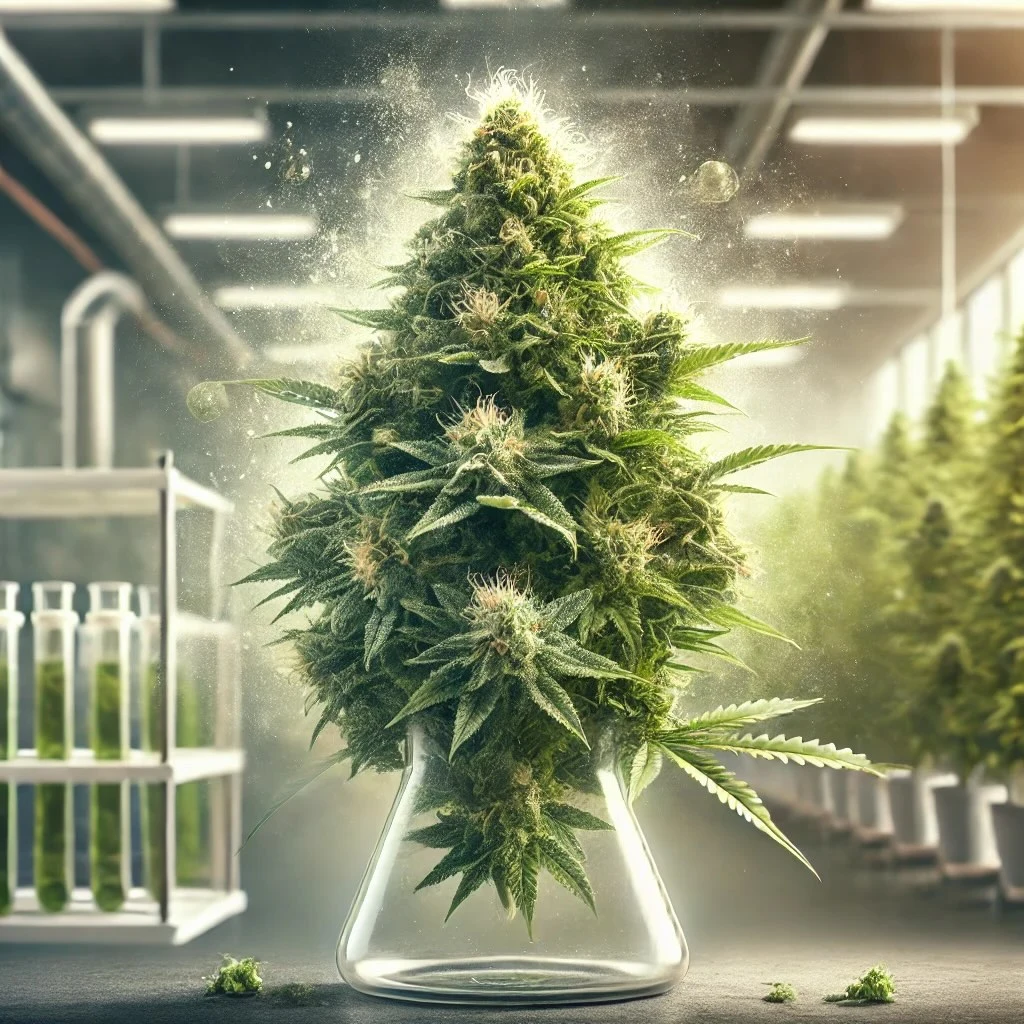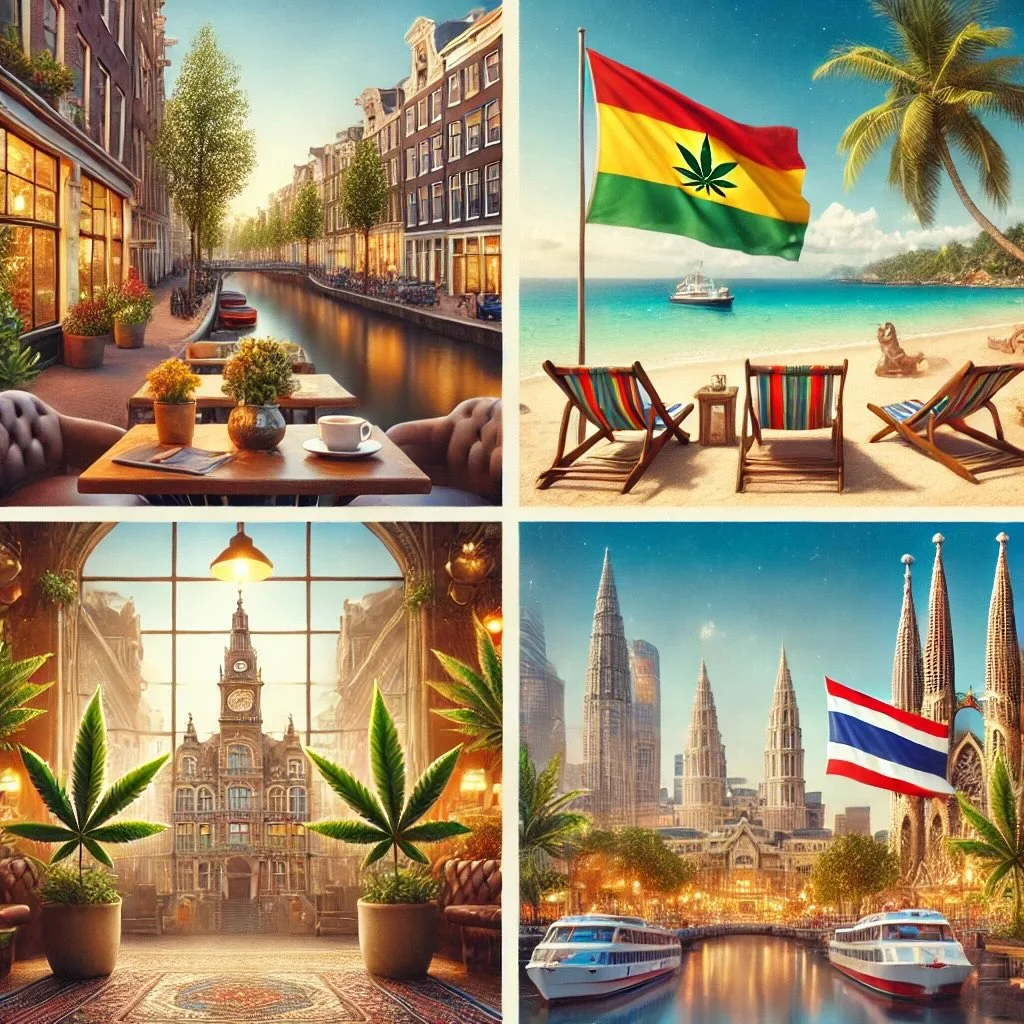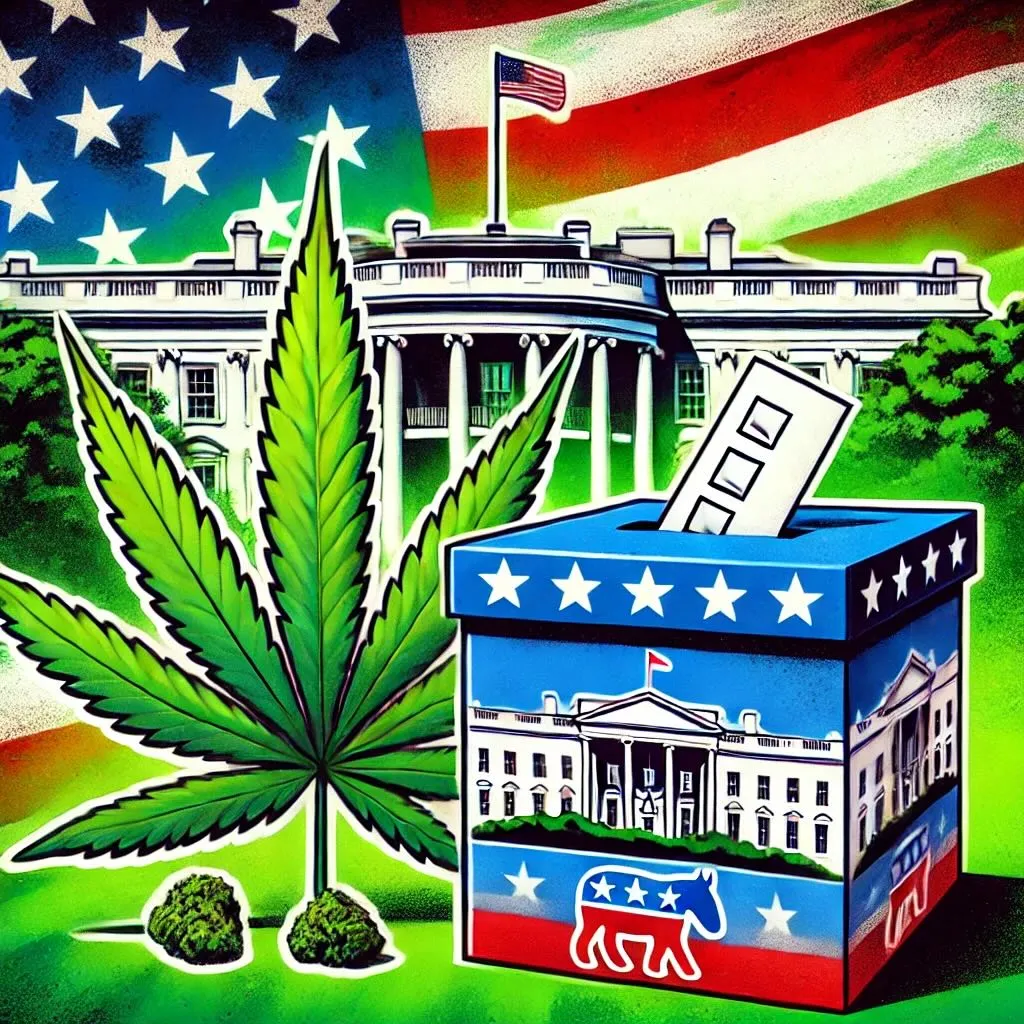The Netherlands, especially during the early times, was more popularly known as The Low Countries. In the 14th and 15th centuries, it was controlled by the Bourgogne dukes. At this time, Amsterdam was considered the most important city for trading in the Netherlands. After one more century, the Spanish took over the Low Countries.
The Catholic Spanish had oppressive rules, which led to the Dutch wanting to become independent. A war started, which lasted for about 80 years. Several other places in Europe had religious wars, but the Dutch were among the first to reinstate the freedom of religion. The Netherlands, notably Amsterdam, became a place of refuge for people who did not want to be condemned due to their religious choices and beliefs.
This tolerance policy toward religion is often considered the foundation of the leniency and acceptance of cannabis in the Netherlands.
What Happened during the 17th Century?
The 17th century was a critical time for the Netherlands, especially Amsterdam. The city grew rapidly and was a significant center for finance in Europe. At that time, the Netherlands was the chief source for both maritime and commercial power in the whole continent. The country also had its ships sailing from Amsterdam to other parts of the world, including many cities in Africa. The ships also traveled to Indonesia and Brazil.
The movement allowed the Netherlands to be viewed as an impressive empire. As for cannabis use, there is evidence that the Dutch have been using the plant for hundreds and possibly thousands of years. In fact, ancient residents who lived in the marshy areas before it became a country had access to the plant that they used for fuel, fiber, and food.
The Dutch language evolved, but there is one word that has been used to describe cannabis or the hemp plant: hennep. The farmers started to stretch the import of tobacco as they added the flowers and the leaves of the “hennep” plant. There is no way to know how much THC those early plants had but there is a huge chance that they contained those components that lead to psychological effects when marijuana is used.
The Netherlands has been known as a haven for people whose social, religious, and political values were not appreciated and tolerated in many other places. The Dutch culture allowed these people to live as they want as long as they do not interfere with the society. With social and political unrest exploding during this time, the use of psychedelics and cannabis also went ballistic.
Young Europeans left their homes and traveled to the Netherlands then moved to other places in the world, including Kabul and Delhi. On their travels, these adventurers embraced international practices, including vegetarianism, meditation, and hashish smoking. As a result, hashish found its way to Amsterdam and the rest of the Netherlands.
Cannabis Coffeeshops
Cannabis remains illegal in the Netherlands, but it is considered a soft drug that is approved for personal use. These so-called coffeeshops serve weed over the counter so you can smoke pot whenever you are inside these establishments anywhere in the country.

